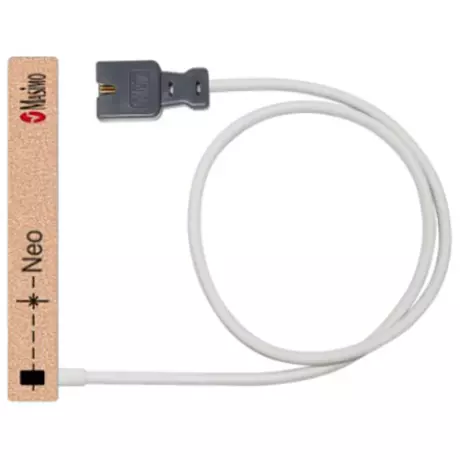
SpO2 sensors Masimo LNCS Neo3 Disposable, newborn Length: 0.90 m, 20 pieces, PU= 1 Genuine 2320
Portal and digital medical technology fair of the largest MedTech cluster in Germany
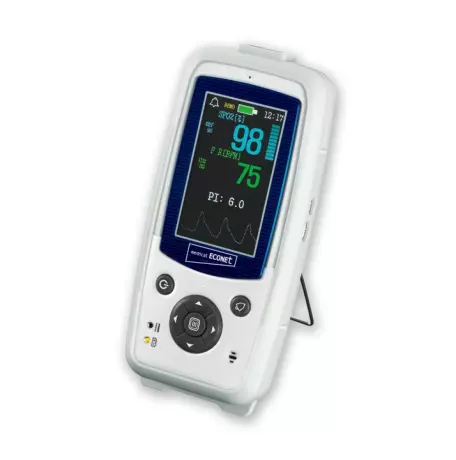
Power pack for pulse oximeter PalmCare Pro
Power pack for pulse oximeter PalmCare Pro

SpO2 sensors Masimo RD Set PDT
SpO2 sensors Masimo RD Set PDT Disposable, toddlers 20 pieces, PU= 1 Genuine 4001
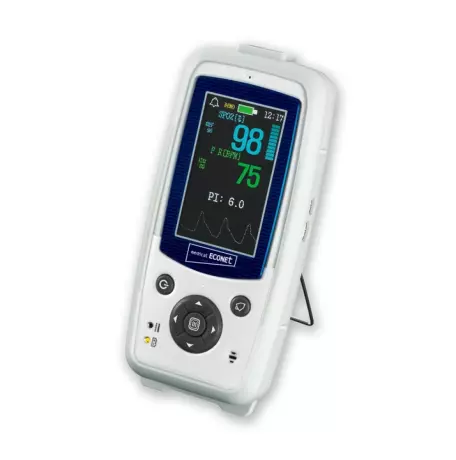
Pulse oximeter PalmCare Pro tripod mount
Pulse oximeter PalmCare Pro tripod mount
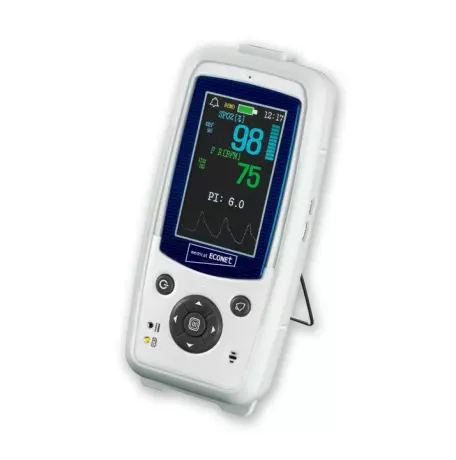
Handheld pulse oximeter PalmCare Pro with...
Handheld pulse oximeter PalmCare Pro with battery operation Suitable for adults, children and infant...
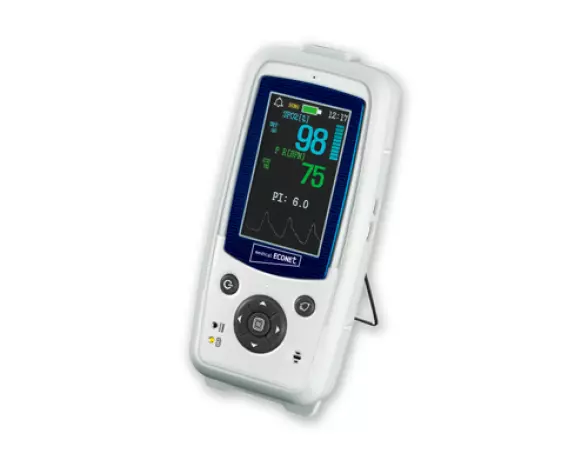
Safety checks and maintenance service on...
Safety checks on pulse oximeters We test your pulse oximeter including SpO2 sensor from the followin...
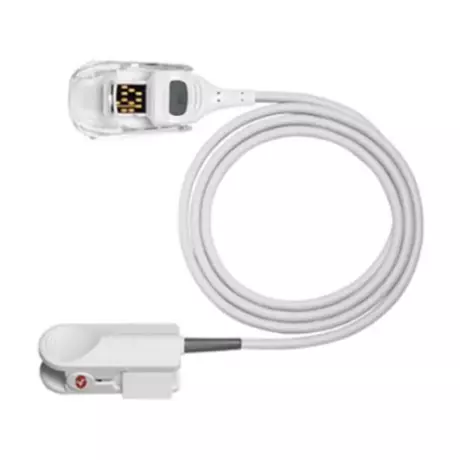
SpO2 sensor Masimo RD Set DCIP
SpO2 sensor Masimo RD Set DCIP Reusable, finger clip children PU= 1 Genuine 4051
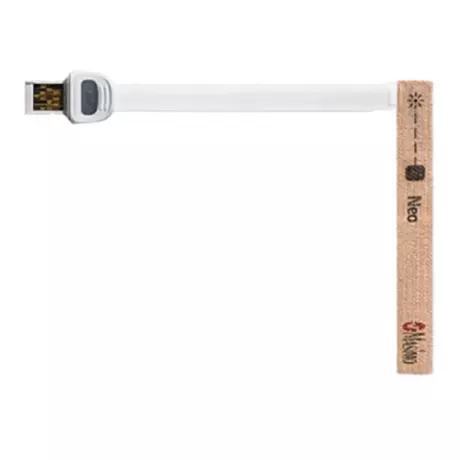
SpO2 sensors Masimo RD Set NEO
SpO2 sensors Masimo RD Set NEO Disposable, premature babies 20 pieces, PU= 1 Genuine 4003
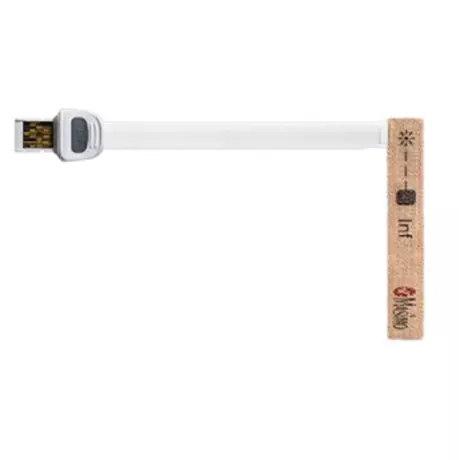
SpO2 sensors Masimo RD Set INF
SpO2 sensors Masimo RD Set INF Disposable, newborn 20 pieces, PU= 1 Genuine 4002
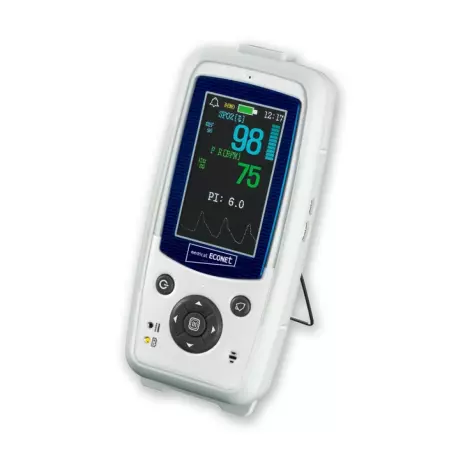
Pulse oximeter Palmcare Pro (Li-io) battery...
Pulse oximeter Palmcare Pro (Li-io) battery 3.7V
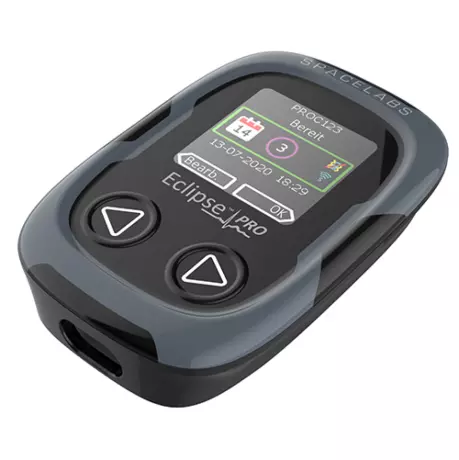
Spacelabs EclipsePRO long-term ECG recorder
Spacelabs EclipsePRO long-term ECG recorder Eclipse PRO: Holter ECG recorder Digital 3-/12-channel H...
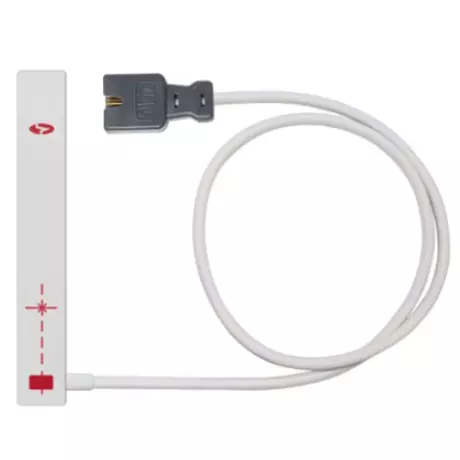
SpO2 sensors Masimo LNCS NeoPT3
SpO2 sensors Masimo LNCS NeoPT3 Disposable, premature births Length: 0.90 m, 20 pieces, PU= 1 Genuin...
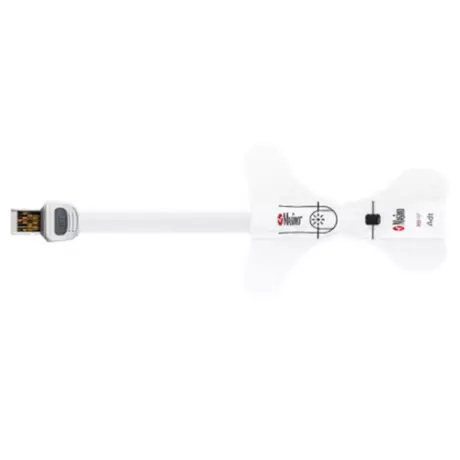
SpO2 sensors Masimo RD Set ADT
SpO2 sensors Masimo RD Set ADT Disposable, adults 20 pieces, PU= 1 Genuine 4000
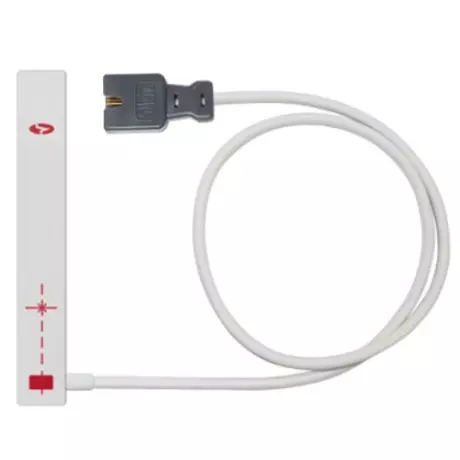
SpO2 sensors Masimo LNCS NeoPT
SpO2 sensors Masimo LNCS NeoPT Disposable, premature births Length: 0.45 m, 20 pieces, PU= 1 Genuine...
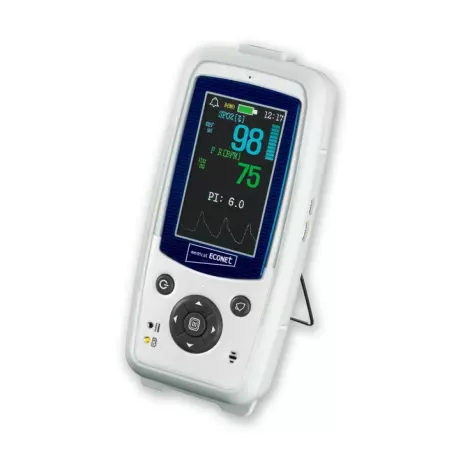
Handheld pulse oximeter PalmCare Pro with...
Handheld pulse oximeter PalmCare Pro with battery operation Suitable for adults, children and inf...
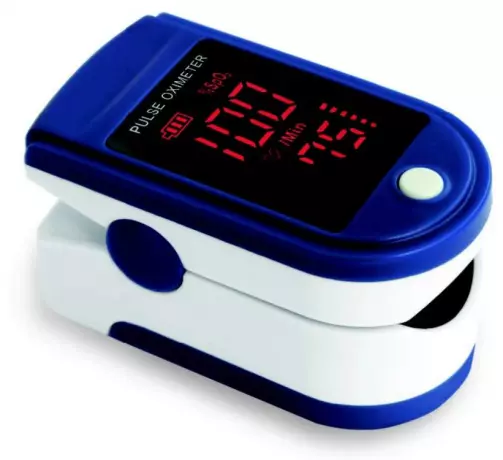
Finger Pulse Oximeter JPD-500B
Compact pulse oximeter to put on the finger. High accuracy and real-time measurement display, helpfu...

SpO2 sensors Masimo RD Set NEOPT
SpO2 sensors Masimo RD Set NEOPT Disposable, premature babies 20 pieces, PU= 1 Genuine 4004

A pulse oximeter is a portable device for checking your blood oxygen levels. The device is best used on a finger. Make sure that the finger you are using is free of nail polish. This device should not be used on artificial nails. Generally, a blood oxygen level of 95% is considered normal. If the oxygen level falls below this limit, it is a good idea to call 911 immediately. However, you must use this device as directed.
A pulse oximeter is a portable medical device that can measure the oxygen content in your blood. It does not require a blood sample. It is attached to your finger and shines a light beam through your skin. This device estimates the amount of oxygen in your blood. The resulting percentage is displayed on a display. This percentage represents your oxygen saturation. It should be noted that pulse oximeters do not give you a precise reading.
This device is not painful and will show your oxygen saturation level on the screen. Its large screen makes it easy to read. Its battery life is relatively short, but it is a good option for patients who need to know their oxygen levels constantly. Another important feature of this device is its portability. You can take it anywhere you go. If you don't want to carry it around with you all the time, you can buy one with a clip that can be easily removed.
A pulse oximeter may not be 100% accurate, and it is important to check its accuracy before using it. In addition to skin color, poor circulation and skin temperature can affect the results of the device. Besides, the accuracy of this device may be impacted by multiple factors, such as poor circulation and poor skin pigmentation. Despite the many limitations, it is a safe device, but the best way to use a pulse oximeter is to consult a health professional who is familiar with the device.
The pulse oximeter works by shining a red light through your finger. The light that passes through your finger is used to determine the amount of oxygen in your blood. The lower the percentage, the higher the oxygen level. In addition to the accuracy, the pulse oximeter also has other limitations, and the manufacturer must address these concerns. It is important to consult a physician before using pulse oximetry, so you can make an informed decision.
The oximeter is useful for a variety of reasons. It is useful for identifying symptoms and assessing your heart health. The device will display the oxygen saturation level in your blood in red and blue colours. The app can be a great tool to track your heart rate and other vitals. The app is available for free from most smartphone stores. This application is a must-have for anyone who is concerned about their health.
The FDA has issued a warning about the potential limitations of pulse oximeters, and recommends a range of skin pigmentations in clinical studies. The device should be used in a clinical study where the participants are representative of the population. A person should be able to tell if they are getting an accurate reading or not based on their skin color. A patient should not be afraid to talk to their doctor about the results of the pulse oximeter test if they have a question or a concern.
When it comes to quality, the pulse oximeter is very sensitive and provides accurate readings. The UCSF lab has found that the device is biased toward darker skinned people. The UCSF lab data indicates that dark skinned patients' readings are less accurate than those with lighter skin. They should be monitored carefully by a health care professional. It's an important part of their care.
The FDA has approved pulse oximeters for home use. These devices are available only with a prescription. The FDA reviews pulse oximeters before they are sold as a consumer product. They are not medical devices and are only used for monitoring patients. They are best used in hospitals and doctors' offices. If you have a heart condition, you should consult a doctor and have a pulse oximeter tested by a qualified health care provider.
Become a digital exhibitor yourself in the online portal of the largest and best-known MedTech cluster region in Germany and inform the world of medical technology about your products and services as well as about news, events and career opportunities.
With an attractive online profile, we will help you to present yourself professionally on our portal as well as on Google and on social media.